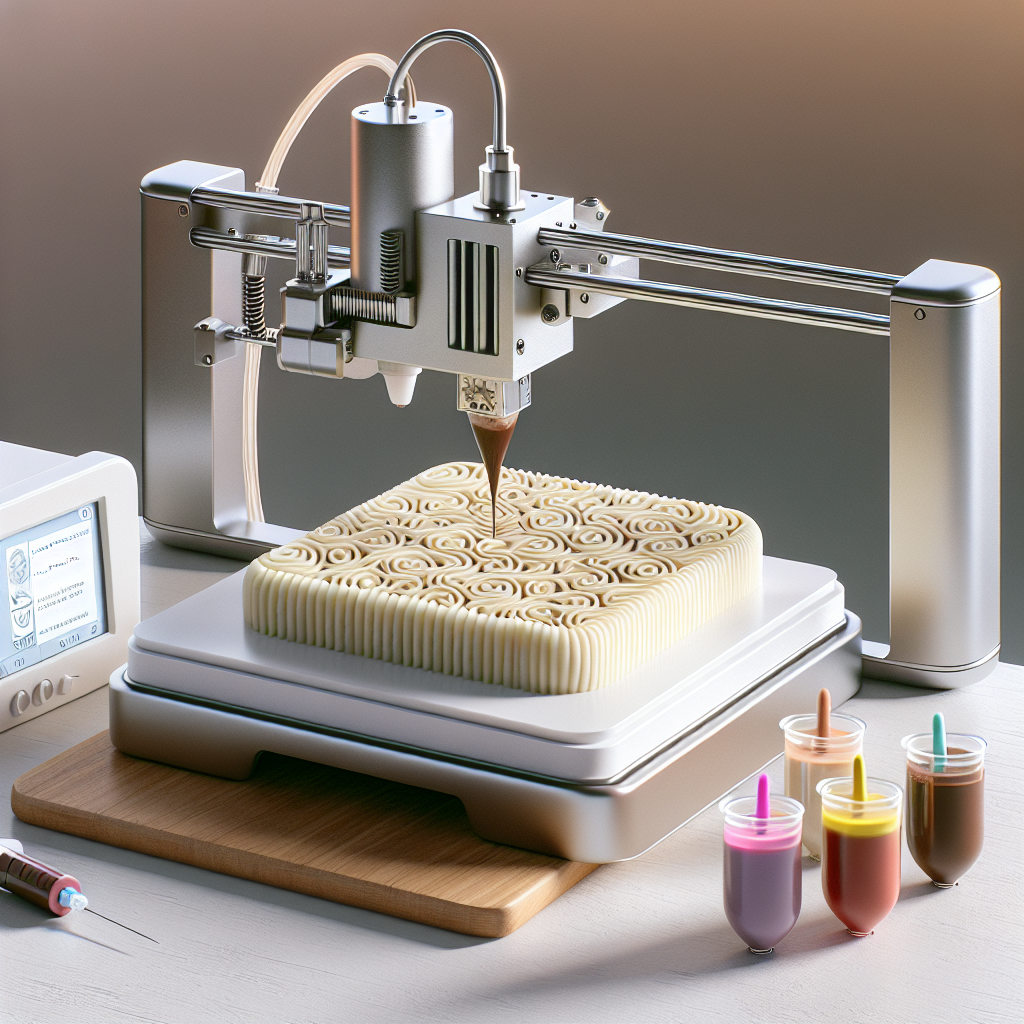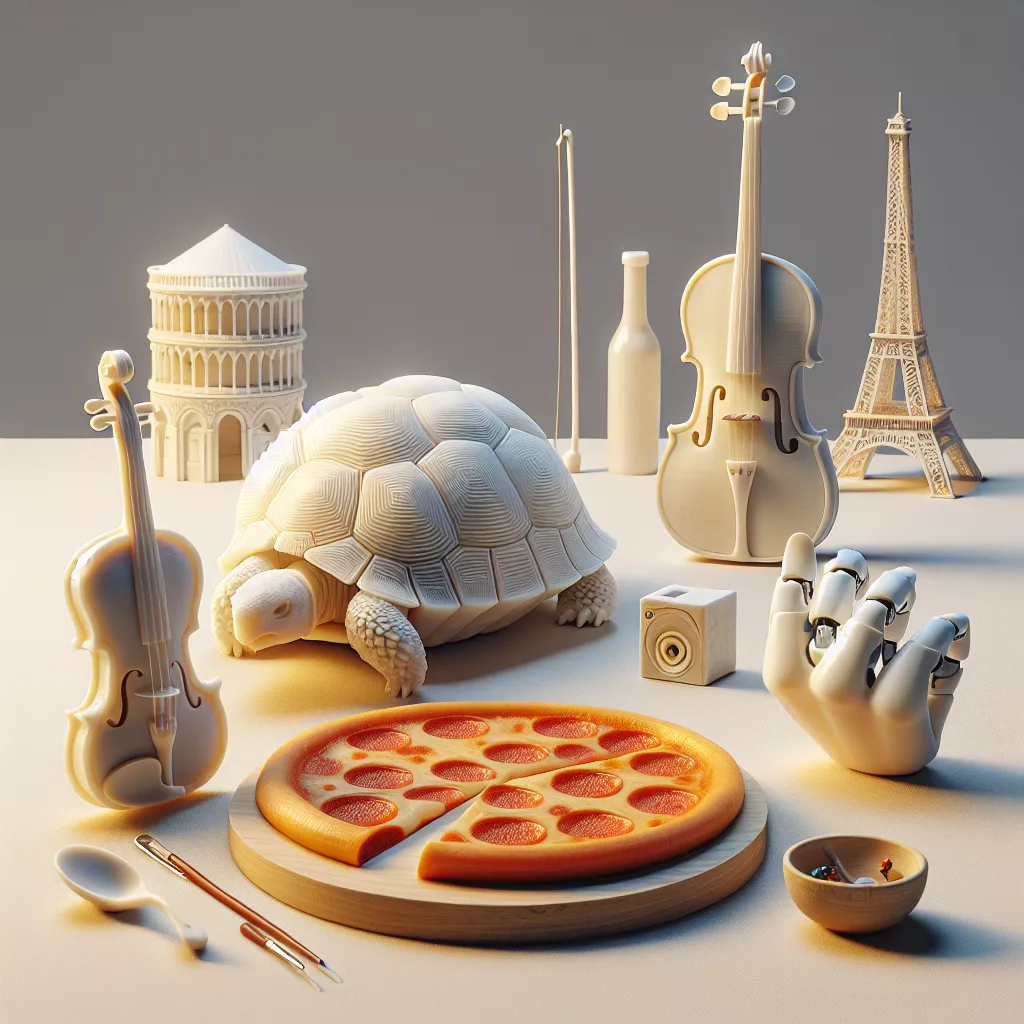The Exciting Frontier of 3D Printed Food
3D printed food has evolved from science fiction to a burgeoning industry, offering innovative solutions in gastronomy, nutrition, and sustainability. As someone deeply involved in the world of 3D printing, I’ve witnessed the technology transform from prototyping hardware and plastics to creating edible masterpieces. But what’s possible with 3D printed food today—and how close are we to seeing it on every dinner table?
How Does 3D Food Printing Work?
At its core, 3D food printing uses food-grade syringes or cartridges filled with edible ingredients as “ink.” These materials—ranging from purees and gels to doughs—are extruded layer by layer to build up intricate shapes and textures, guided by digital recipes. The process is fundamentally similar to Fused Deposition Modeling (FDM) 3D printing, but with careful control of temperatures and food safety protocols.
What Foods Can Be 3D Printed Today?
While the dream of printing a gourmet steak on-demand is still in progress, the current landscape of edible 3D printing is impressively broad:
- Pastries and Chocolates: Intricate chocolate sculptures, ornate cake decorations, and customized cookies are among the most common applications. Machines like the byFlow Focus allow chefs to design personalized confections that would be impossible by hand.
- Pasta and Dough-Based Foods: Companies such as Barilla have developed pasta printers capable of creating complex, visually stunning shapes with traditional ingredients.
- Puréed Foods for Healthcare: 3D printing is transforming hospital kitchens, enabling chefs to prepare textured, nutritious meals for patients with swallowing disorders, enhancing both safety and dignity.
- Plant-Based Meats: Startups are experimenting with 3D printed plant proteins to mimic the texture and structure of meat, potentially revolutionizing sustainable food production.
Benefits Beyond the Plate: Precision and Personalization
3D printed food isn’t just about aesthetics. The technology enables precise control over nutritional content, portion size, and ingredient mix. Imagine customized meals tailored for each family member’s dietary requirements, allergies, or fitness goals. In high-end restaurants, chefs use 3D printers to turn creative visions into edible realities, pushing the boundaries of modernist cuisine.
Pushing the Limits: Current Challenges
Despite rapid progress, several hurdles remain:
- Ingredient Limitations: Not all foods are printable. The process works best with pastes and gels, limiting the types of ingredients and textures that can be created.
- Speed: Printing complex, multi-ingredient dishes can be time-consuming, making it less practical for high-volume settings—at least for now.
- Consumer Acceptance: Adapting to the idea of eating “printed” food is still a psychological barrier for many, though younger generations are more receptive.
- Cost and Accessibility: Commercial 3D food printers remain expensive, though prices are dropping as technology matures.
What’s on the Horizon?
The future of 3D printed food is both bold and promising:
- Expanded Ingredients: Ongoing research aims to print with a wider range of materials, including whole vegetables, cultured meats, and even fermented foods.
- Smart Kitchens: Home food printers could soon become as common as microwaves, connecting to apps that manage nutrition, taste preferences, and meal planning.
- Sustainability: By reducing waste, utilizing local or alternative ingredients, and optimizing food production, 3D printing supports global sustainability goals.
- Space Exploration: NASA is exploring 3D food printing to feed astronauts on long-duration missions, illustrating the far-reaching potential of this technology.
Conclusion: A Digital Culinary Revolution
3D printed food is no longer just a futuristic fantasy—it’s changing the way we create, customize, and consume meals today. From personalized nutrition and stunning desserts to sustainable solutions for a growing planet, the technology is evolving rapidly. While challenges remain, the intersection of culinary arts and digital fabrication promises a deliciously innovative future that’s just beginning to unfold. Whether you’re a chef, a home cook, or a curious foodie, now is an exciting time to watch—and taste—the next wave of food innovation.


Leave a Reply